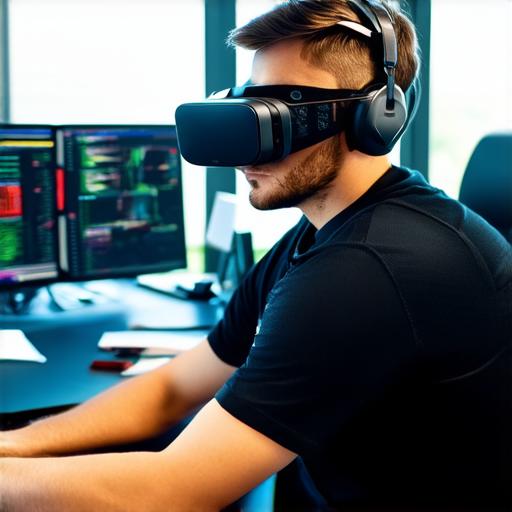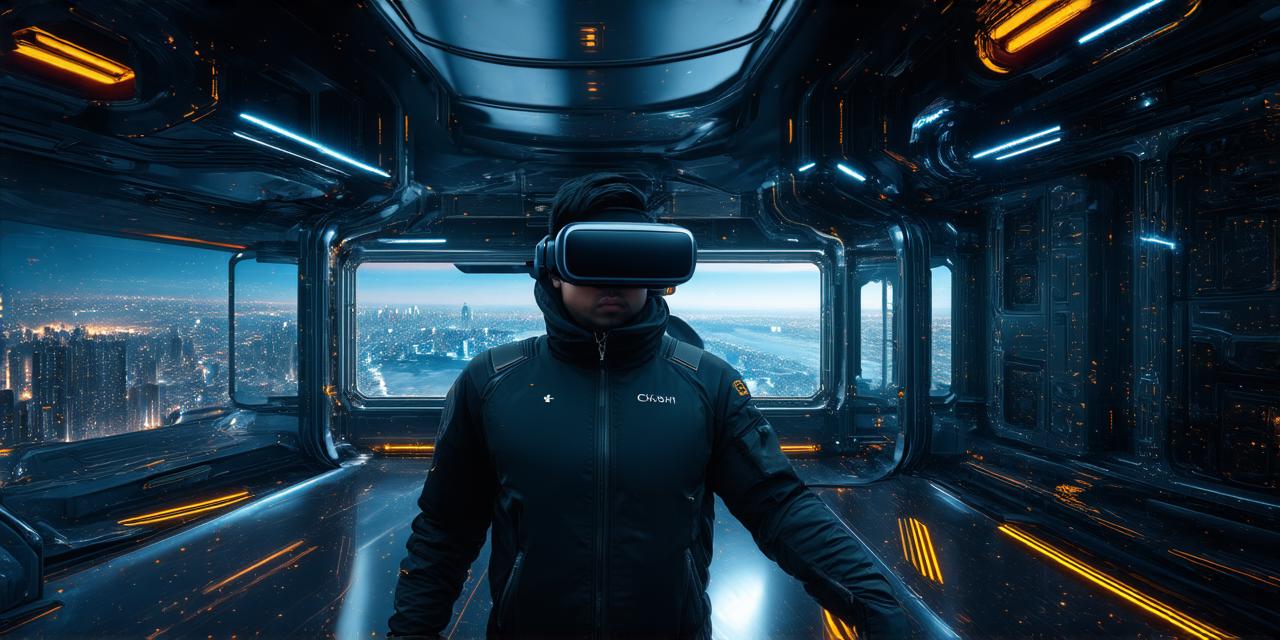
Virtual reality (VR) is a rapidly growing technology that allows users to experience immersive 3D environments. As VR continues to evolve, many people are interested in creating their own virtual environments for personal or professional use. In this article, we will explore the steps involved in developing a VR environment, including hardware and software requirements, design and development tools, and best practices for testing and deployment.
Hardware Requirements
The first step in developing a VR environment is to choose the appropriate hardware. The minimum requirements for most VR environments are a computer with at least an Intel Core i5 processor, 8GB of RAM, and a graphics card with at least 2GB of dedicated memory. However, more powerful hardware will allow for higher resolution graphics and smoother performance. Additionally, you will need a VR headset and controllers to test your environment.
Software Requirements
Next, you will need to choose the appropriate software for developing your VR environment. There are many options available, including game engines such as Unity and Unreal Engine, and specialized VR development tools like Oculus SDK and HTC Vive SDK. The choice of software will depend on your level of experience and the complexity of your project.
Design and Development Tools
Once you have chosen your hardware and software, it’s time to start designing and developing your VR environment. There are many tools available to help with this process, including 3D modeling software like Blender and Maya, and texturing and lighting tools like Photoshop and ZBrush. Additionally, there are many resources available online, such as tutorials and forums, to help you learn how to use these tools effectively.
Best Practices for Testing and Deployment
Finally, it’s important to follow best practices for testing and deployment of your VR environment. This includes thoroughly testing your environment on different hardware configurations to ensure that it works seamlessly across all platforms. Additionally, you should consider optimizing your environment for performance, as this will improve the user experience and reduce motion sickness. Finally, you should document your development process and make your code and assets available to others, so they can build upon your work.
Conclusion
Developing a VR environment can be a complex and challenging task, but with the right hardware, software, and tools, it is definitely possible. By following the steps outlined in this article and adhering to best practices for testing and deployment, you can create a highly immersive and engaging virtual environment that will provide hours of entertainment for users.
